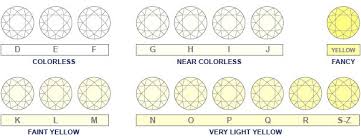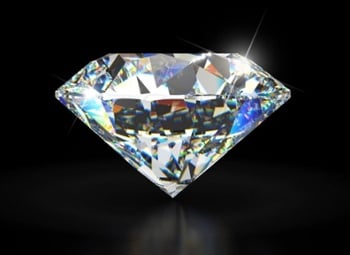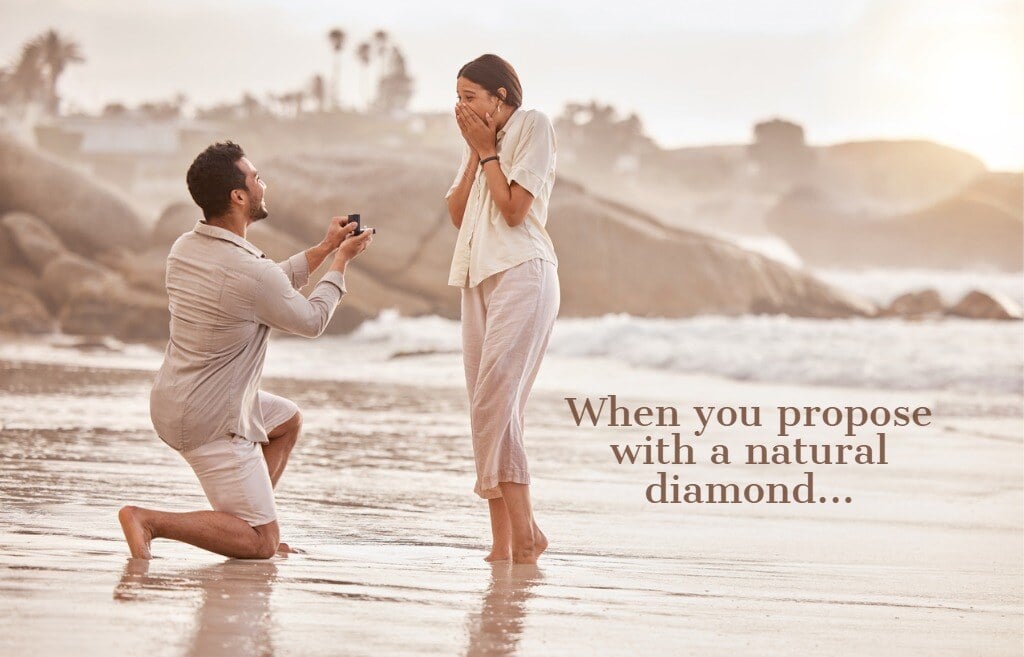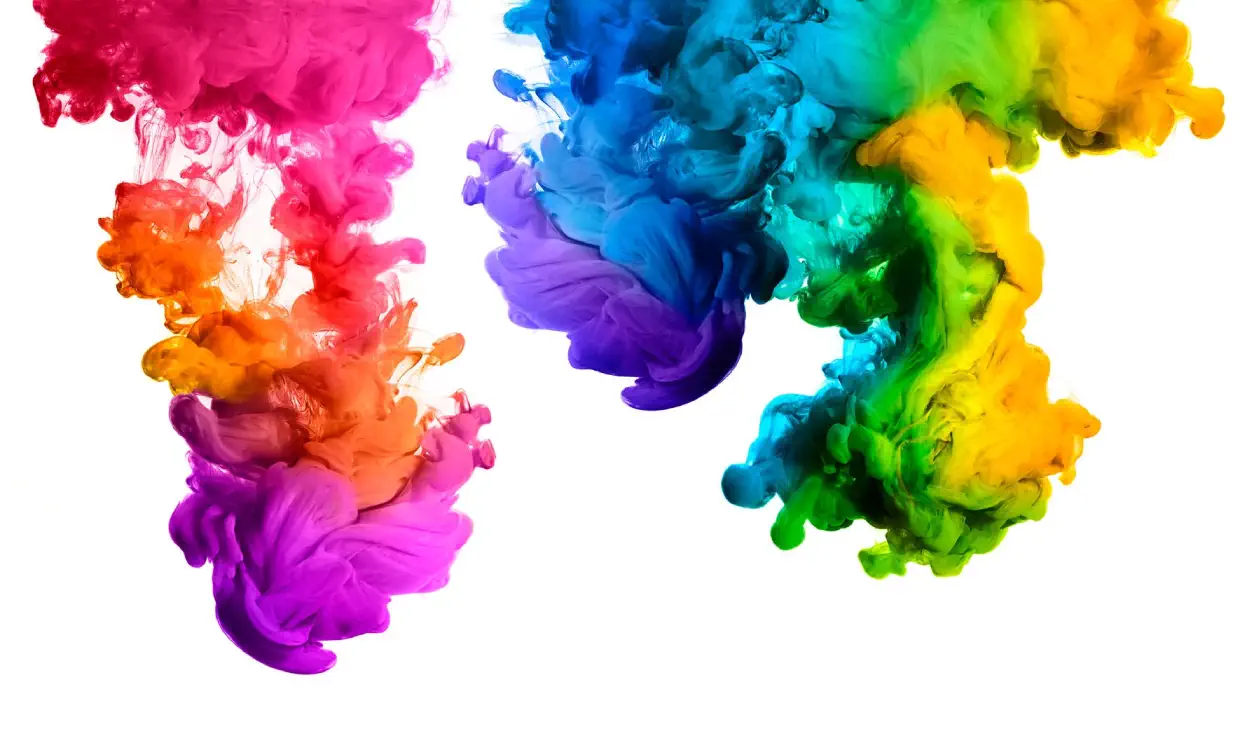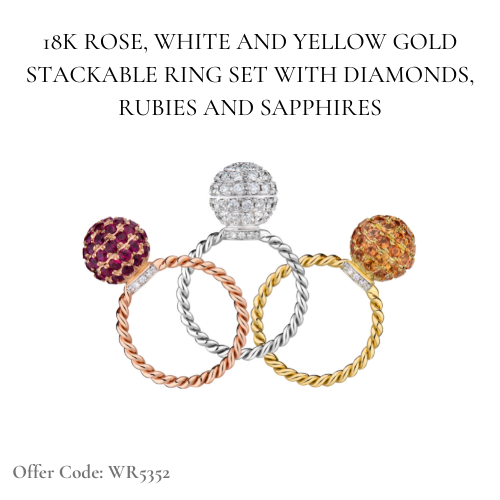What about our good friends G, H, I and J. These four letters fall into the ‘near colourless’ range, and although many consumers do understand the price benefit of opening their options to this range of colours, a large proportion still do not. Even if they do understand, they choose to ignore the price advantage purely on the assumption that their ‘colourless’ diamond is higher in quality and thus, superior. More often than not I encounter customers adamant on an ‘F’ colour or better. A typical request for quotation looks something like this: “Here are my requirements: carat weight ranging from x to y, F colour or above, VS1 or better in clarity, please give me a price” —it is such a common demand that I cannot help but believe that the rhetoric they’re exposed to is simply skewed.
‘E’ is the loneliest colour in the D-Z range
Give them an E, and they say it’s too expensive, a D is almost always out of the question unless they’re the kind that wear a flashy belt. And a G? Nah, “I asked for a colourless diamond.” It’s understandable though. If you want a colourless diamond, the premium on a D or an E usually doesn’t make sense, since most people can’t even tell the difference. For the typical consumer, an F represents genuine value. It's often considered the ideal balance for colour in a diamond and a sweet spot for quality vs price.
Put a D next to an E next to an F and yes, a trained eye will be able to tell the difference at a glance. But for most consumers, the 15–30% price premium for an E or a D usually isn’t worth it. This is one aspect of the 4Cs that most people seem to grasp quite easily, so those who want only the absolute colourless or some say the 'best' go for the D, while those who want value skip the E.
So they settle for an F and hence its popularity!
Give the customer what they want
I know what some of you are thinking, it’s my job as a salesman to educate the customer and put them on a corrected path to purchase my equally beautiful ‘G’ or, God forbid, up-sell them to an E or a D. Better yet, I should really just give the customer what they want.
Been there, done that!
The point of this post isn’t to fault these customers, but in-fact, identify why this is happening in the first place. My theory is simple: the words colourless and near colourless have gone uncontested for much too long. The 4Cs are the pillars of the loose polished diamond industry but there is a gap in these grades. There is a serious need for the consumer and the industry at large to emphasise the true attractiveness of a diamond, its unmatched brilliance and rarity. And most of all its emotional appeal.
.webp)

